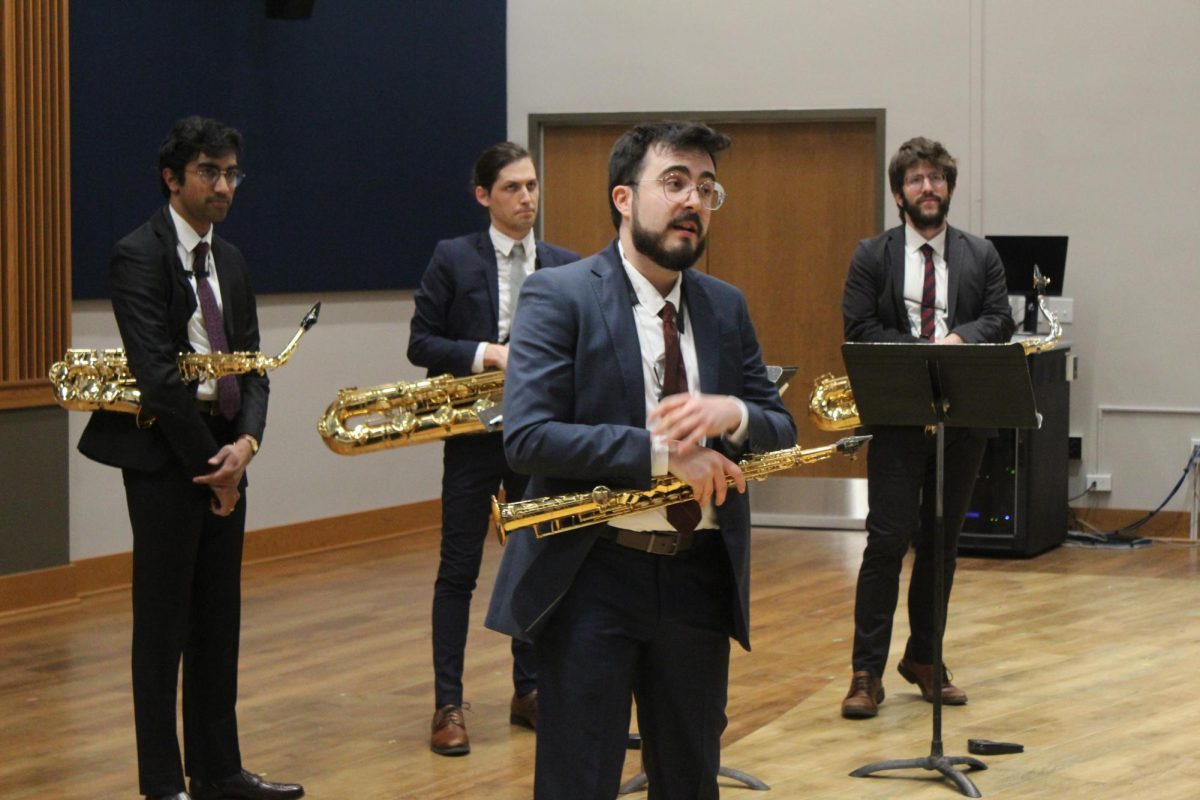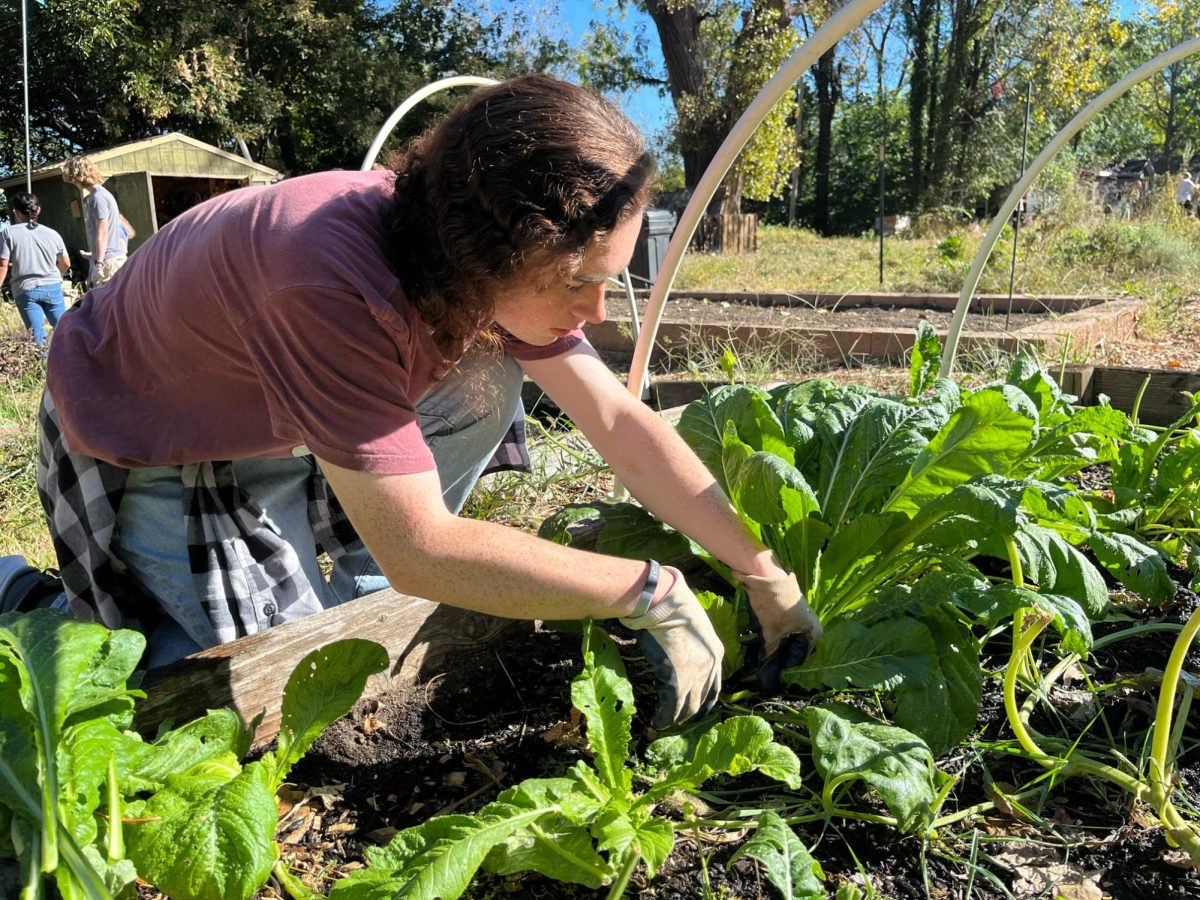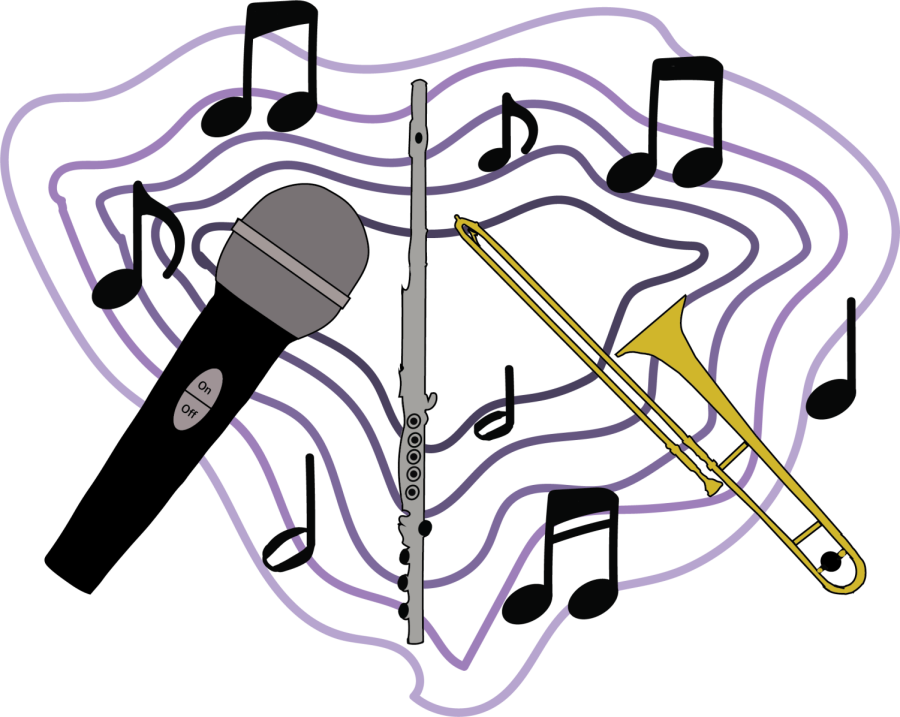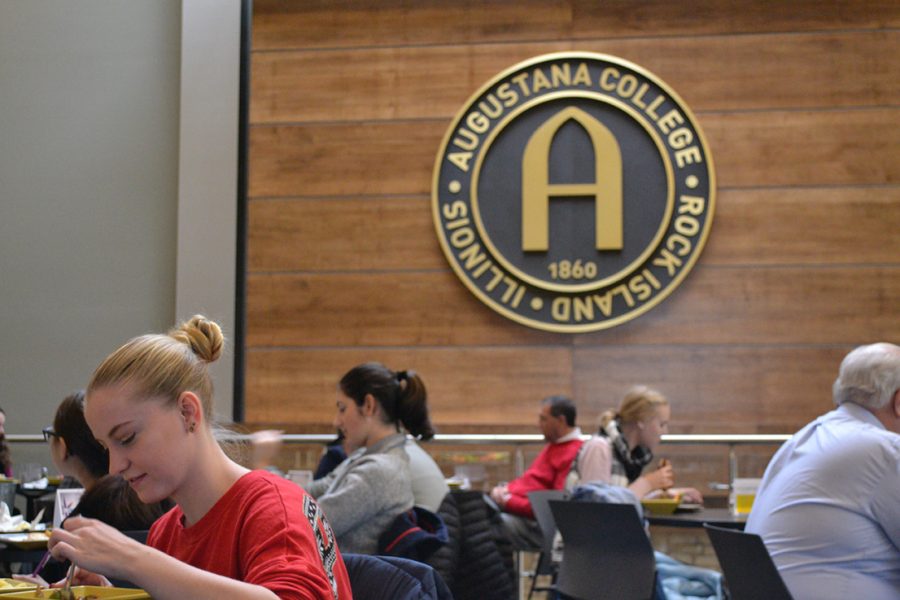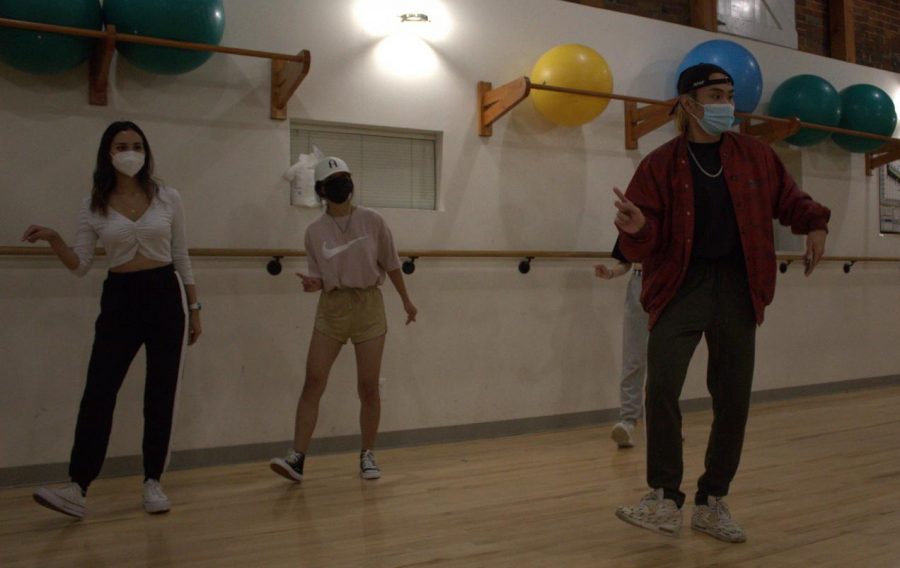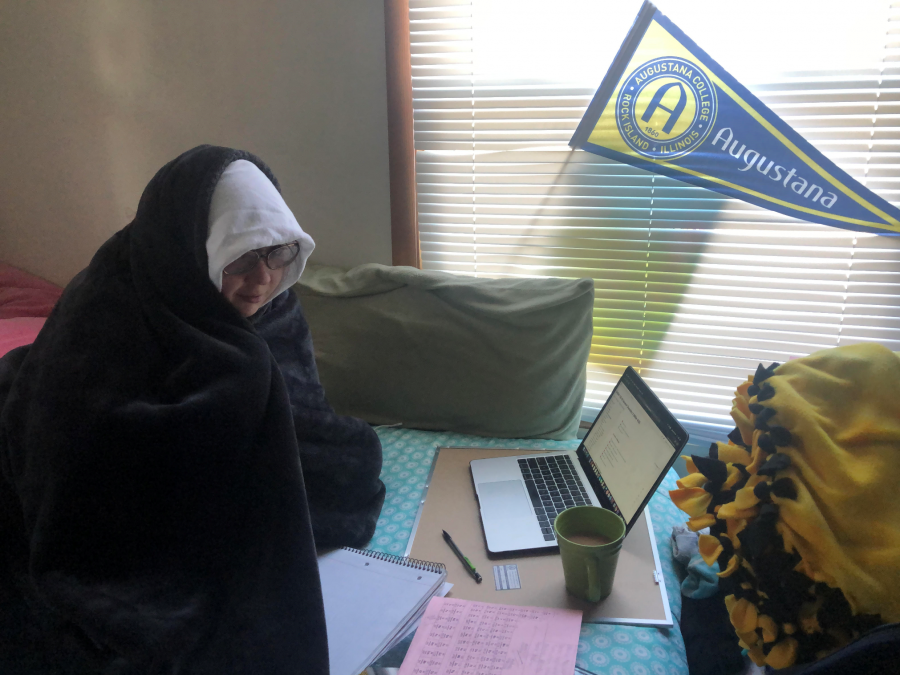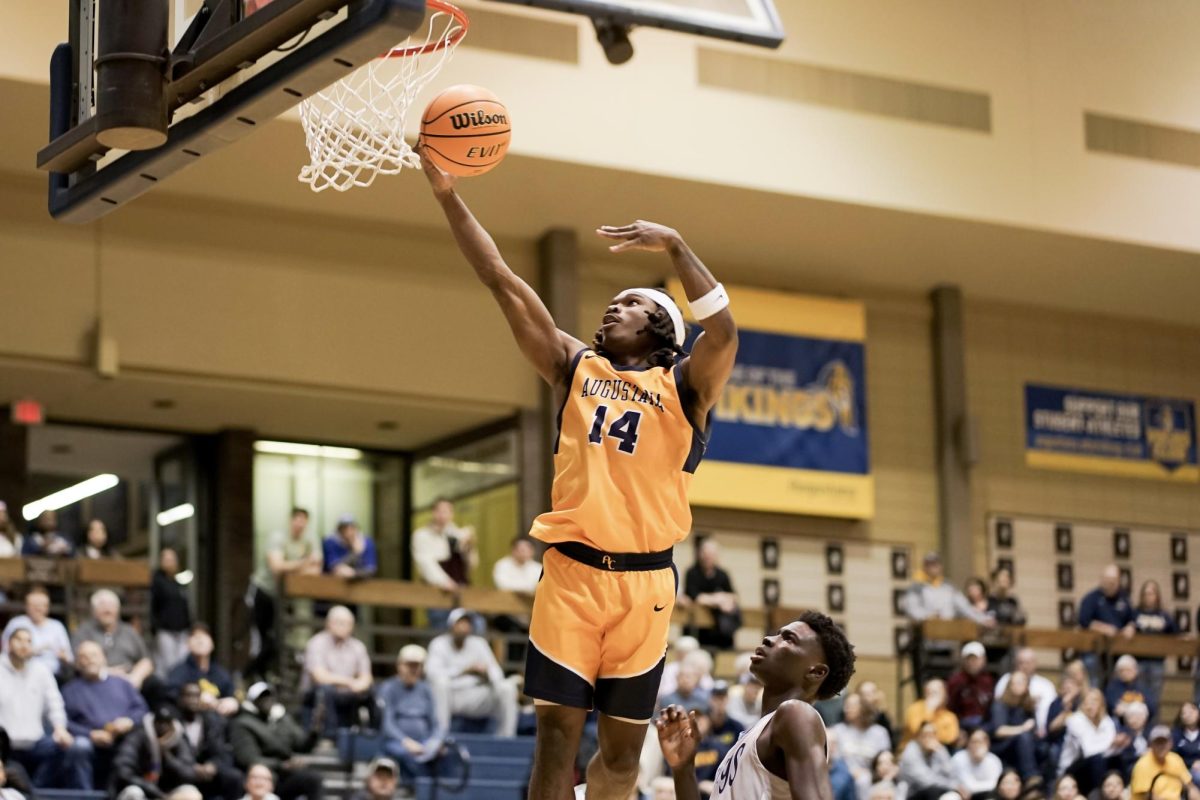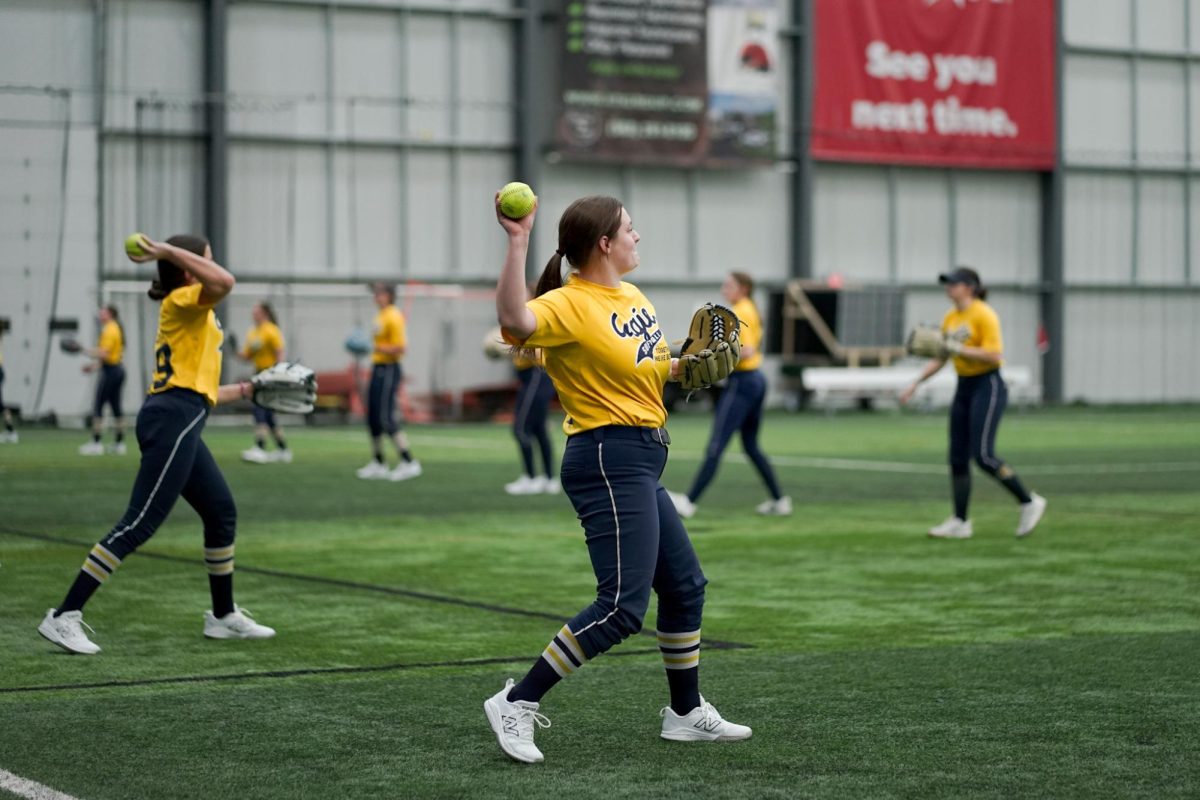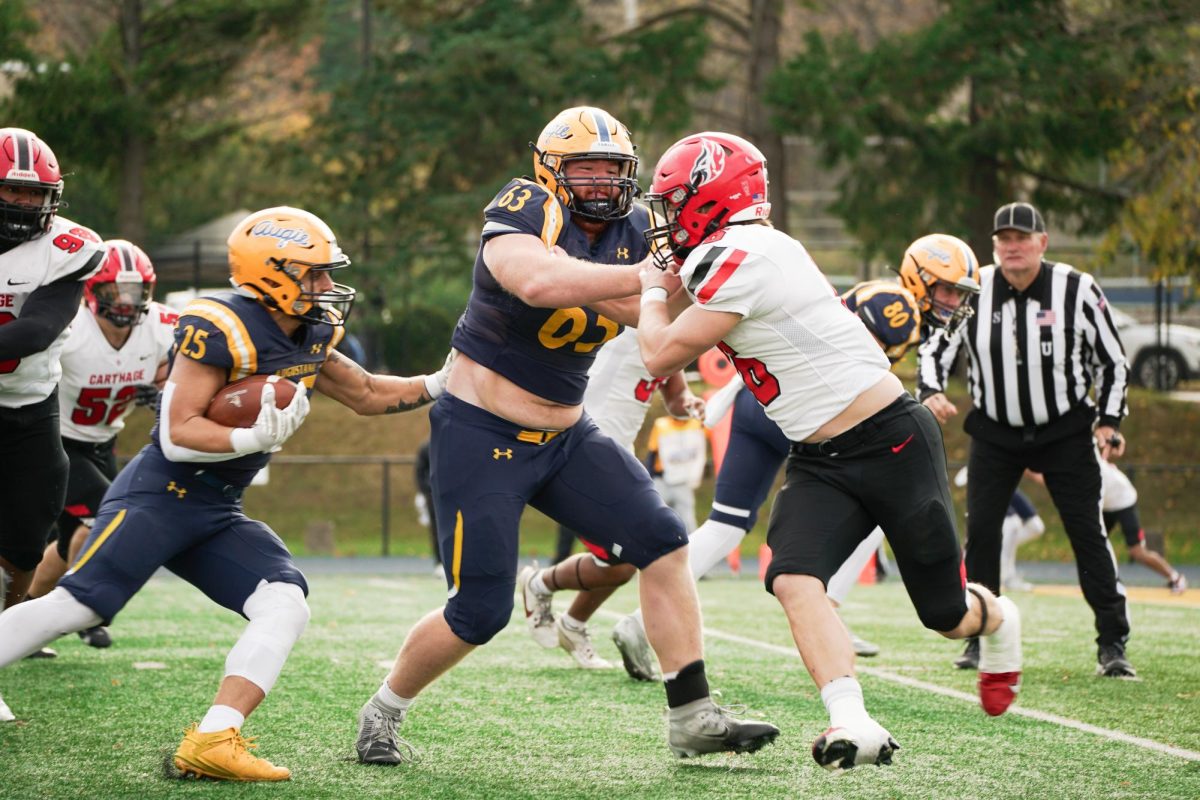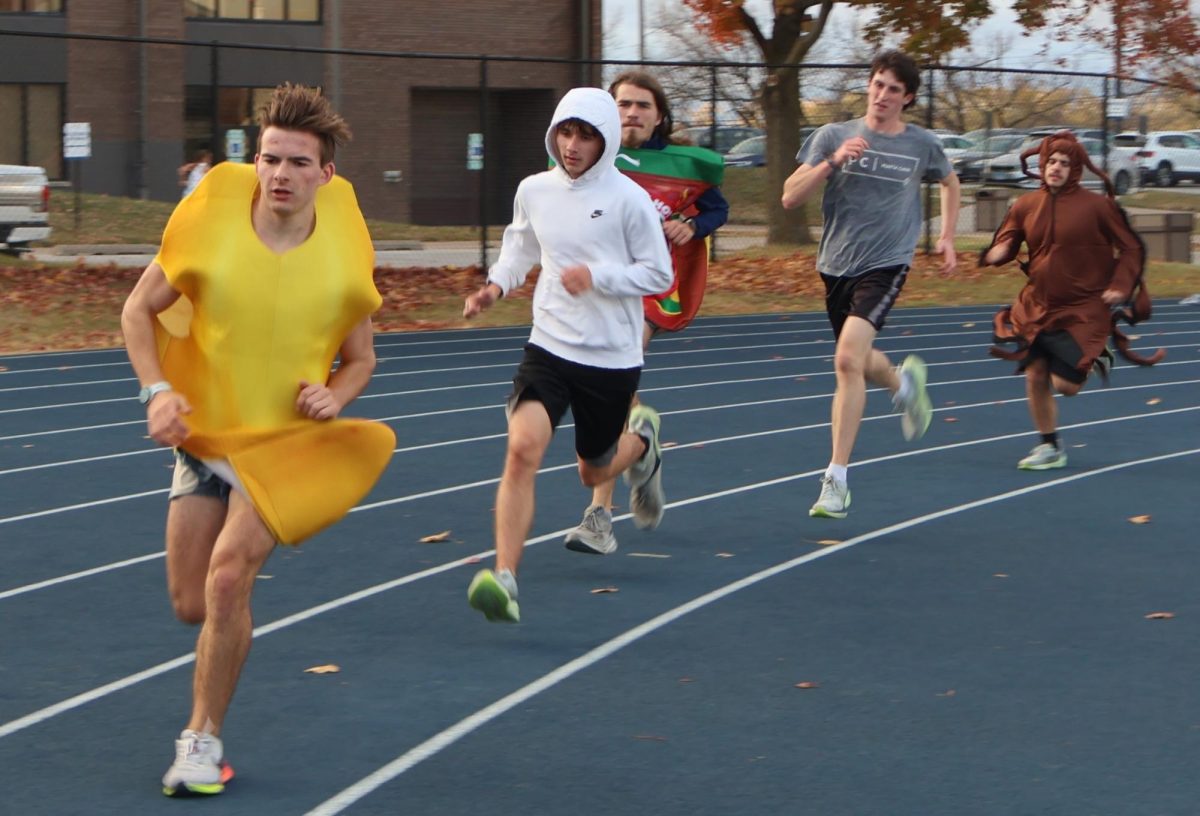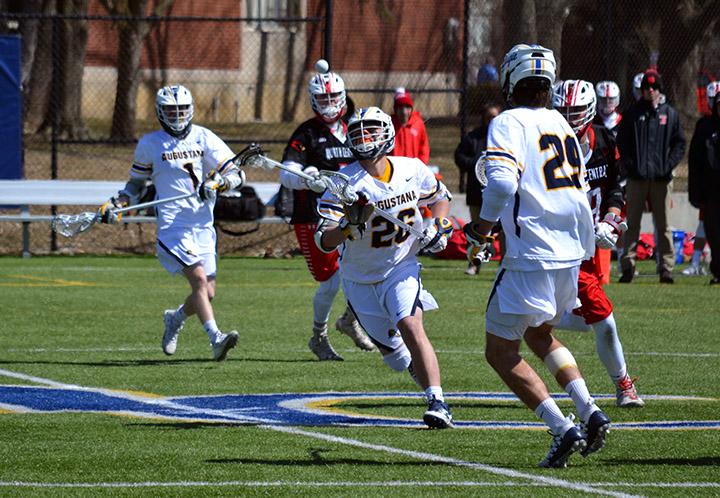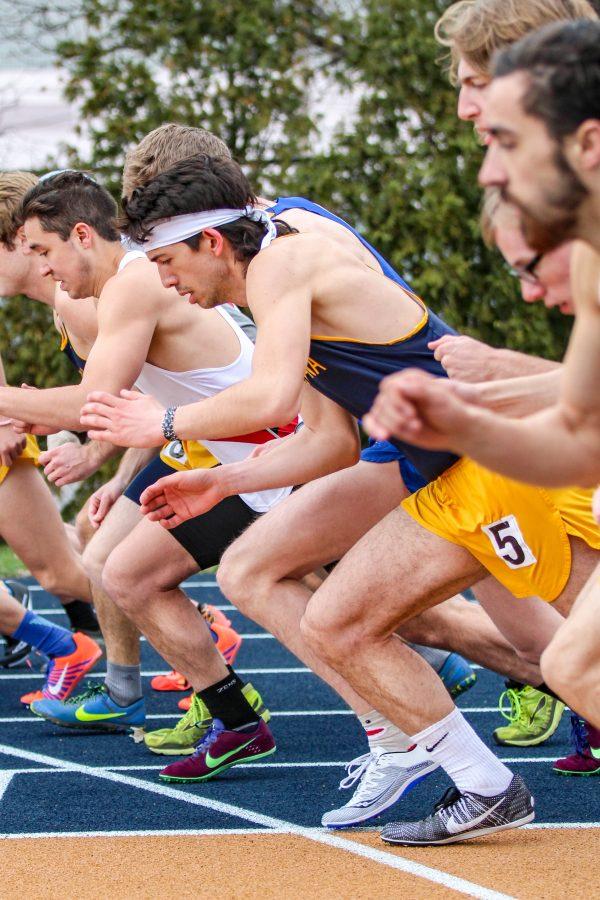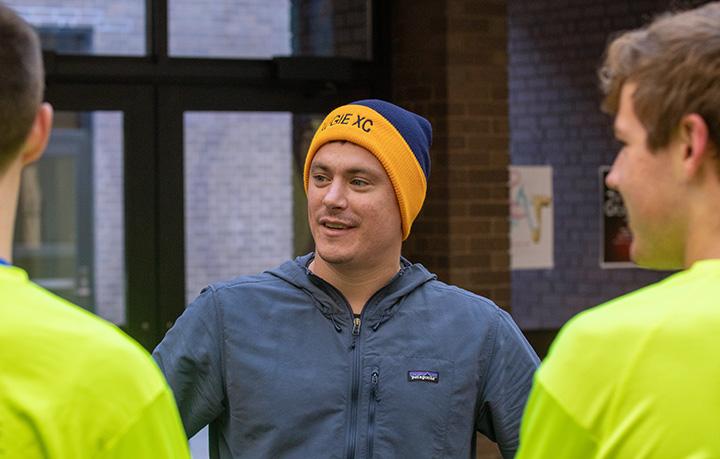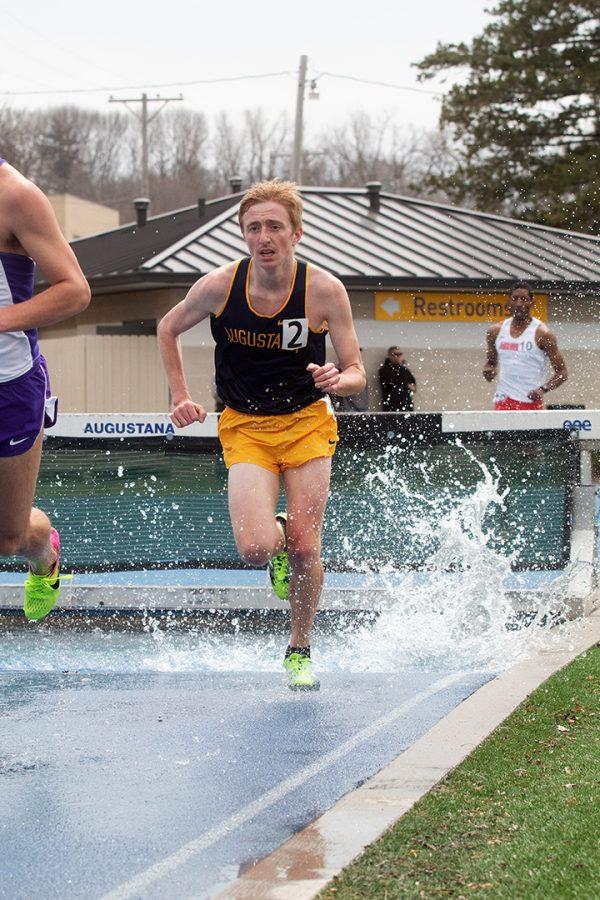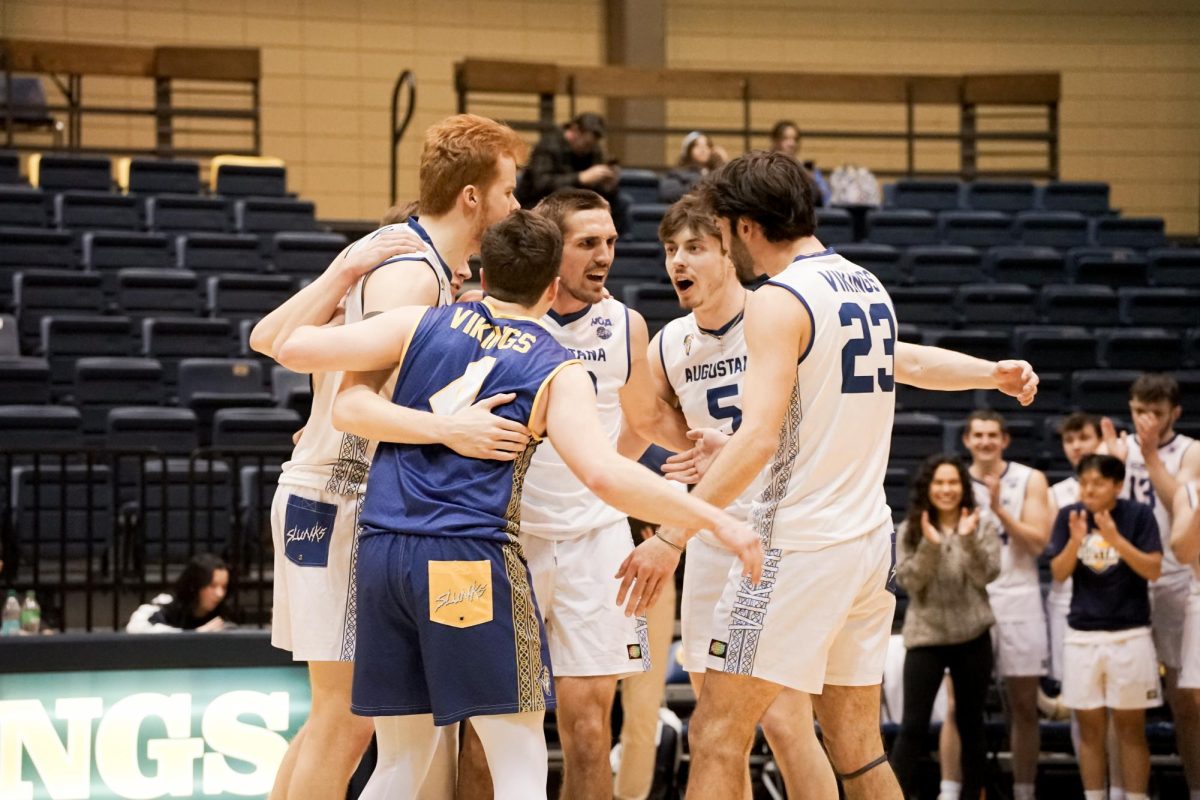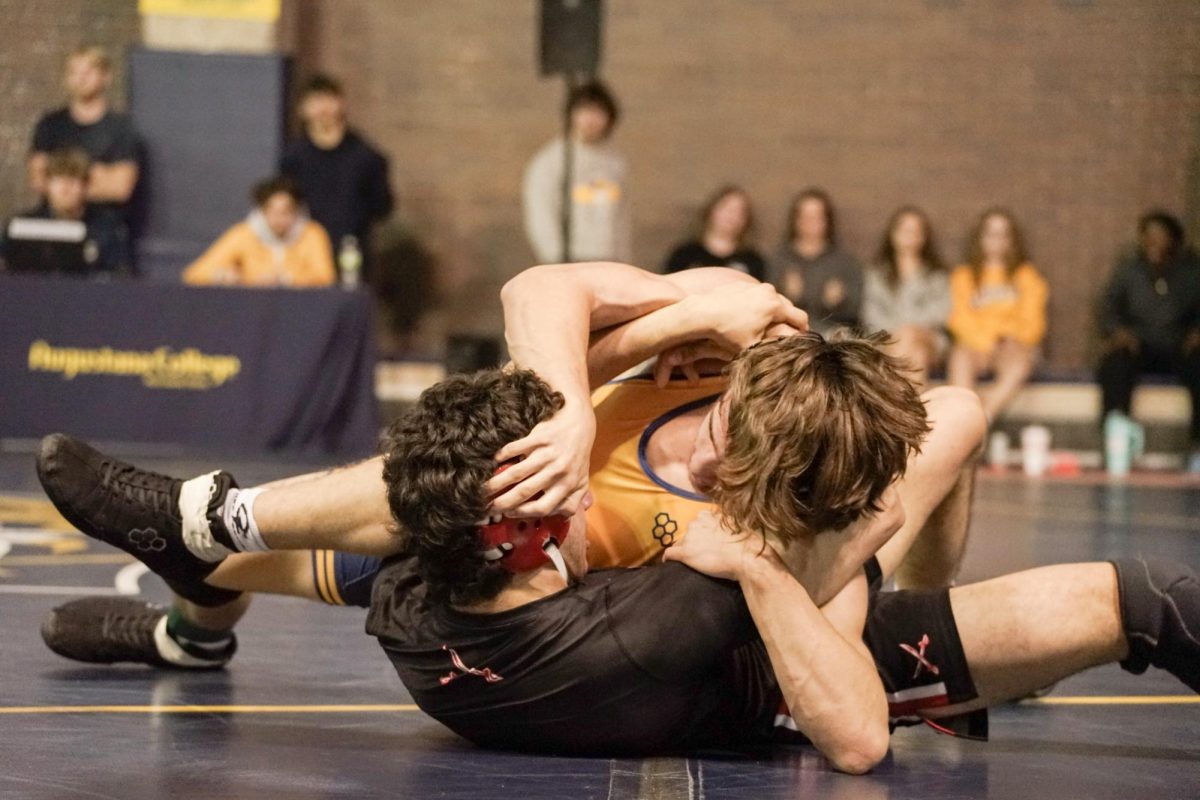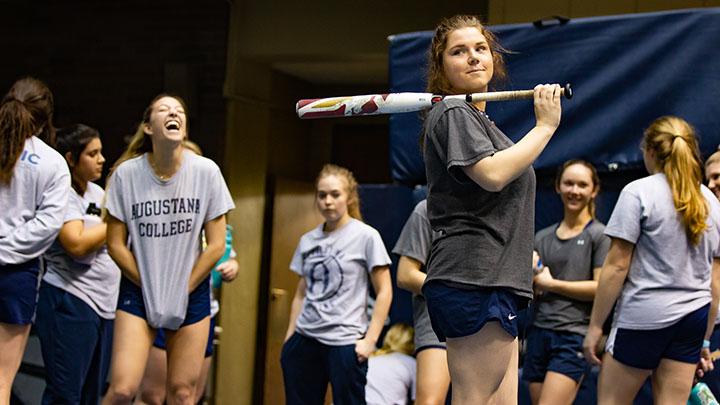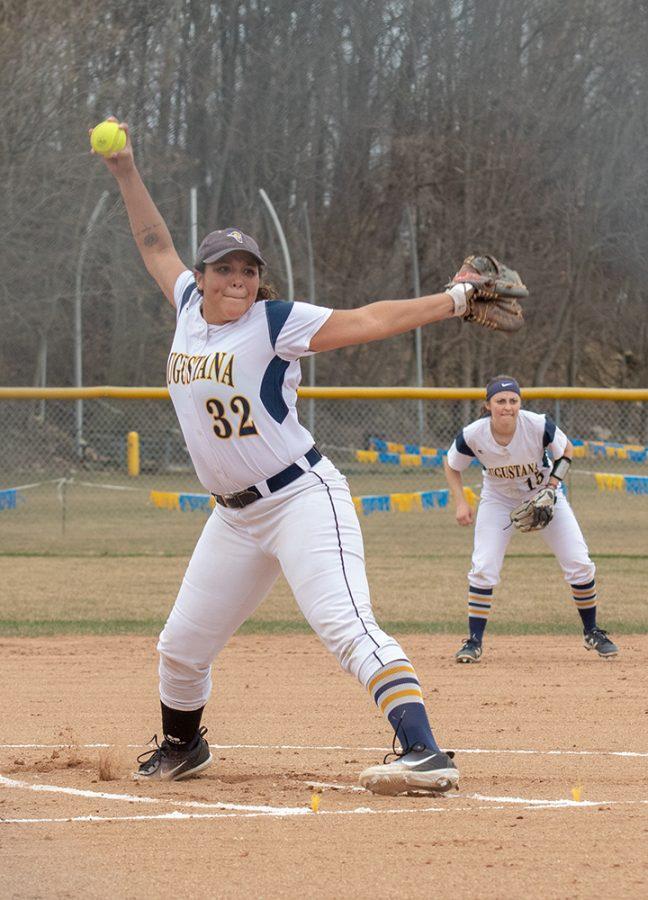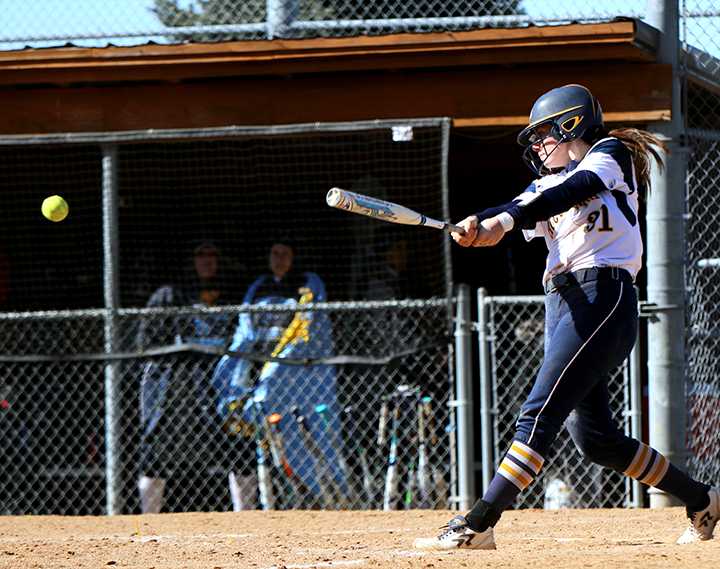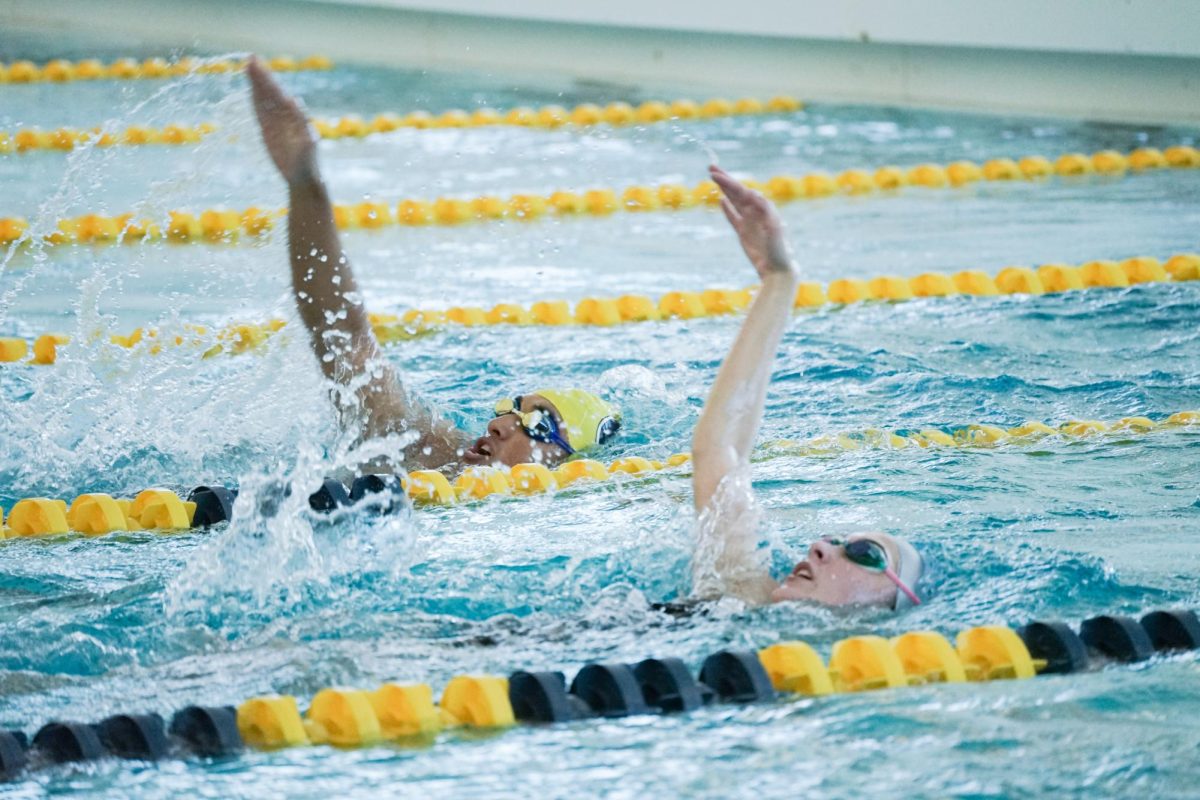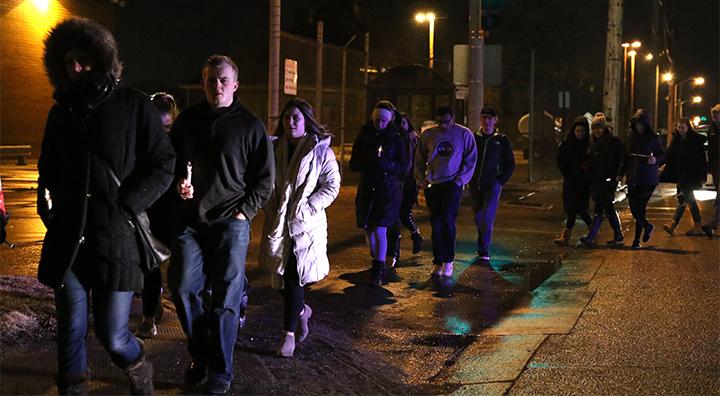Track and field athletes and coaches prepare for the season
December 9, 2022
After a long football season, junior Derek Butts looks to transition from the football field to the track and repeat as an all conference pole vaulter. Although the first official start of track season was on Oct. 24., many multiple sport athletes find themselves in a position where they start their second sport later than their teammates. For Butts, track season doesn’t truly start until late November.
“The summer is really my only off-season, I take about a week off after football and then go into track and start slow,” Butts said.
One of the ways Butts transitions from football to track and field is by a process which is overseen by the coaches. Athletes also work with the training staff to determine the training regiment and a season debut day.
“The track coaches, specifically Coach Thomas and Coach Shaver have allowed me to take as much time off in between that I need to recover. We had a meet this Saturday (Dec. 3) that I did not compete in,” Butts said.
Like pole vaulters, distance runners often take a week off from training before starting back up and gradually increasing the number of miles per week.
“Cross country folks don’t compete at the first meet [St. Ambrose]. What they do is take about a week off from running completely to decompress and fully recover, and then they get back into running pretty slowly the next week,” Head Track and Field Coach Jake Shaver said.
Track and field athletes begin their indoor season in December, however, the first few track meets can be considered more of a pre-season for athletes who train all-year-round considering the long length of the track and field season.
However, as athletes prepare for competition, health is a key to determining the success of many athletes. Often, injury can put a damper on many athletes’ seasons.
For many athletes like Butts, playing multiple different sports is a challenge which many Augie athletes take on. Fortunately, Augie athletes can rely on the training room and their staff to keep them healthy. The training staff includes Strength Coach Jeff Rose and Athletic Trainer Jake Clark.
“During track, I have to go twice [to the training room] to make sure I take care of those aches and pains and keep the trainers up to date on what’s going on with my body and how it feels,” Butts said.
Although the track and field season on the surface lasts about three months, the track and field season, when combined with other sports, extends their training and preparation throughout the course of the year.
“The season is so long, and it’s all about conditioning. It all moves in phases, and we’re concentrated in three extremely rigorous months,” Shaver said.
When looking ahead to the track season, Coach Shaver predicts this year will have several standout student athletes. These include but are not limited to: Carson Ipers and Magnus Wells for men’s throwing, Heather Michalsky for women’s throwing, Seth Soto and Connor McBride for the men’s sprinting, Mckenzie Reser for women’s sprinting, Anna Boardman for women’s long distance and Joe Langridge and Grant Ackard for men’s long distance.





